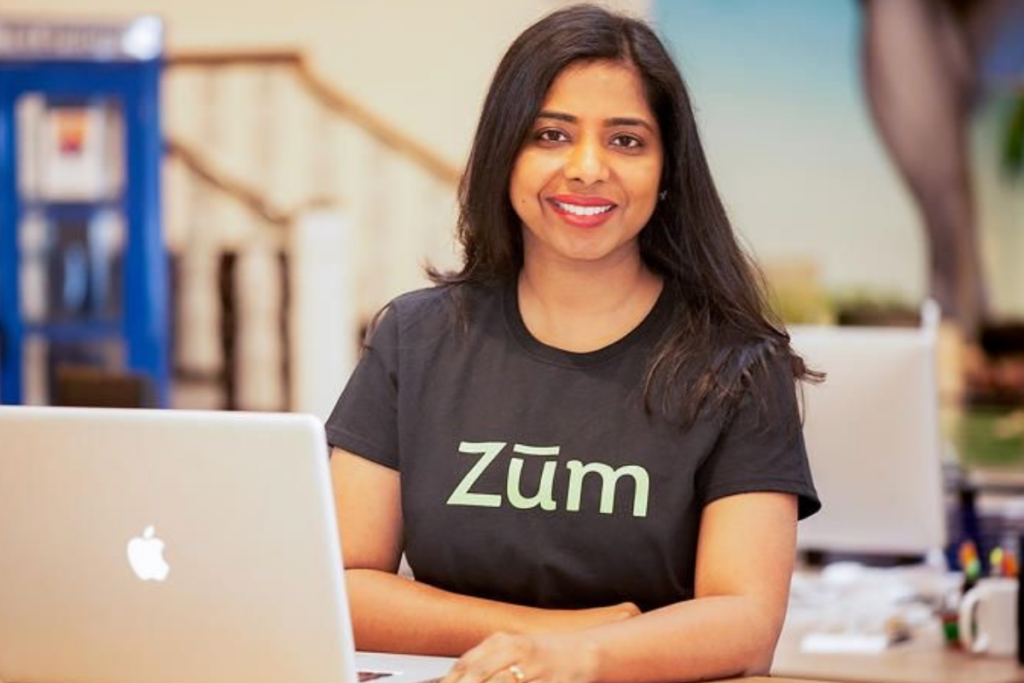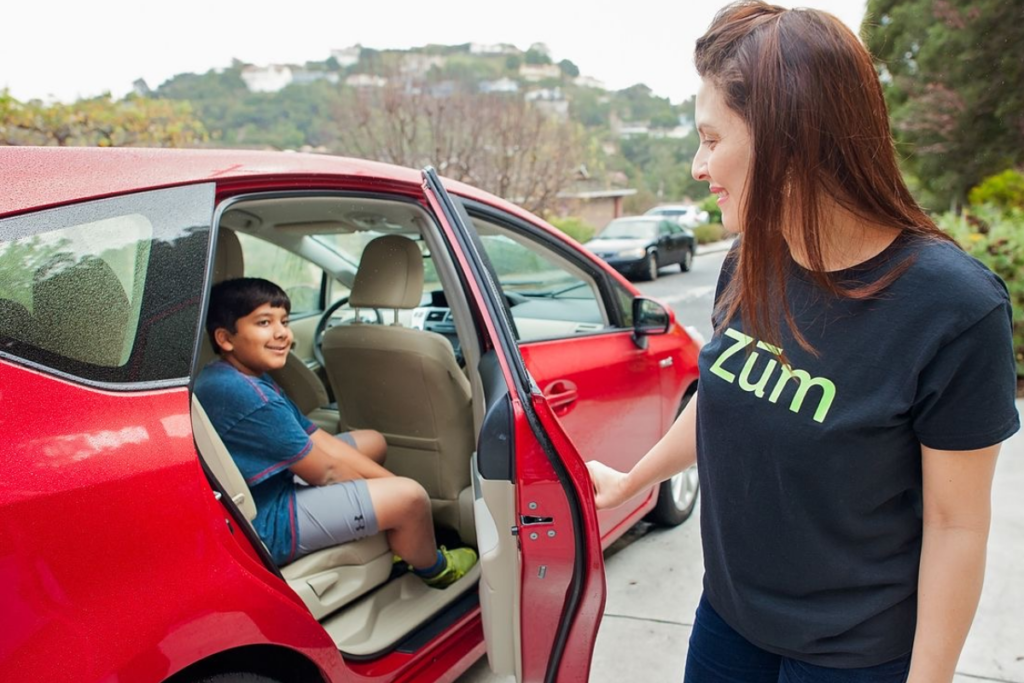This article is from the CNBC Make It’s The Moment series. The series is where super-successful individuals share the key moments that altered their life paths and careers. They talk about what motivated them to take a chance on something new. The leap that changed their lives for the better.
Meet Ritu Narayan
Occasionally, Ritu Narayan’s kids would get to school on time, but other times, they would not. When their transportation failed, Ritu would get frustrated. Ritu Narayan used to manage tech products at big companies like eBay and Oracle. She had to juggle work and family emergencies, like her children’s unreliable school.

Source: Laffaz/Pinterest
The issue reminded her of her mom. Ritu’s mom had been a teacher in India, and she had to deal with similar challenges years ago.
Ritu Narayan: The Solution
Eventually, Ritu’s mom had to pause her career to take care of four children. The situation, both past and present, motivated her, and Narayan came up with a solution for her problem. She quit her job to start Zum, an AI-driven electric school bus service that began operating in 2015.

Source: FastCompany/Pinterest
Initially, it was like a personally financed version of Uber, transporting students to school using a group of carefully selected private drivers. Parents scheduled rides in advance and could monitor their child’s whereabouts using Zum’s mobile app.
The Result
Bay Area parents quickly embraced the idea. “Lots of parents wanted it,” 50-year-old Narayan told CNBC Make It. Later, in 2019, she reached out to some nearby schools to spread the word about Zum to parents.

Source: Zum/Pinterest
However, instead of just promoting it, the schools suggested something even better. They proposed partnering with Zum to create a private school bus service using electric vehicles equipped with tracking technology.
Making a Big Decision
Narayan had to make a decision. Should she stick to her original plan, which her mom inspired? This original plan had a transparent market and high demand. Or should she completely change Zum’s services and structure to compete with more prominent bus companies?

Source: LosAngelesTimes/Pinterest
The second option could attract more customers since over 25 million students in the U.S. use school buses. However, chasing students was a risk that could make her company fail.
Ritu Narayan: A Risk Taker
Ritu Narayan decided to take the risky path. Now, five years later, Zum is worth $1.3 billion. She was recognized on CNBC’s Changemakers list. The company has secured contracts worth over $1.5 billion with 4,000 schools in California, Washington, Texas, Illinois, Tennessee, and Maryland.

Source: FamilyEducation/Pinterest
Narayan talks about how she made that tough choice and why it worked out. She also advised those dealing with dilemmas that pit emotions against logic.
CNBC: Why Was it so Challenging to Shift Zum’s Focus? How Long Did You Think About It?
Narayan: It took me about eight months because there was a personal connection to the founding story. My mom faced this issue in India while I was here in Silicon Valley, experiencing the same problem.

Source: FactCompany/Pinterest
By changing the service, it felt like we were letting a lot of people down, especially women who could return to work and progress in their careers. However, what helped me decide was realizing that we are still serving children and parents.
CNBC: Was it Daunting to Shift Away From a Business Model That was Doing Well?
Narayan: Definitely. We weren’t experts in managing buses, so it meant developing new skills. We had to restructure our team and persuade our board and investors.

Source: TheJournal/Pinterest
We gained traction after securing a five-year, $53 million contract with the Oakland Unified School District in 2020. This was a significant milestone for us, and everyone rallied around this immediate and substantial challenge.
The Pandemic Effect
However, when the pandemic hit, school transportation came to a halt for about five to six months. This situation gave us a “when life gives you lemons, you make lemonade” type of situation.

Source: Freepik/Pinterest
Since we weren’t operating daily and we didn’t have to really serve existing customers, we used that time to enhance our product very quickly.
CNBC: What’s Your Advice For Spotting Opportunities and Deciding If They’re Worth Taking a Chance On?
Naranyan: There are moments when you might feel like you’re facing a big challenge, but it’s also a chance to soar. You have to keep an eye on how the market, your business, your competitors, and your customers are changing. Sometimes, what people need changes unexpectedly.

Source: FrenchAmericanTV/YouTube
This happened to us, too, and it turned out to be even better than we thought at first. When those moments come, you’ve got to adapt. If you don’t make the right move, you might not reach your full potential.

